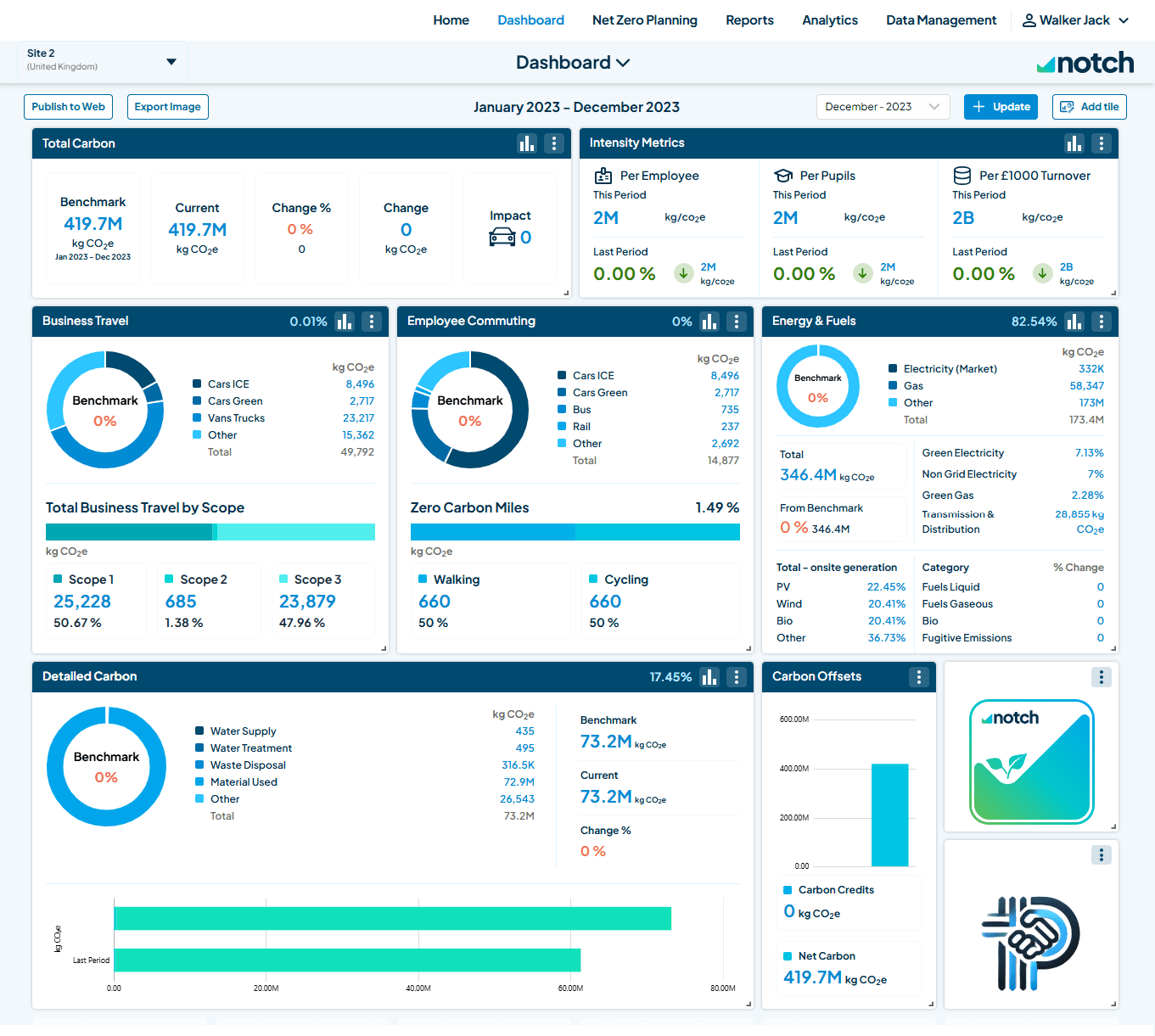Net Zero Insights
5 things every CEO should know about Net Zero.
I spend a lot of time talking with CEOs about how to make net zero real — not just a headline commitment.
The conversations are shifting fast, and there’s a clear pattern in what successful leaders get right.
As global pressure for climate action accelerates, achieving net zero is no longer a distant aspiration — it’s a strategic necessity for every forward-thinking organisation.
For CEOs, understanding the risks, opportunities, and responsibilities that come with a net zero journey is essential. Below are five key insights to keep front of mind.
1. Net zero is more than a slogan — it requires credible science-based targets
Too many “net zero” pledges lack rigor, opening the door to accusations of greenwashing. The Science Based Targets initiative (SBTi)’s Corporate Net Zero Standard offers a framework aligned with climate science – demanding near-term emissions cuts, and using durable carbon removal (not just offsets) for residuals.
A CEO must ensure that their net zero plan is verifiable, ambitious, transparent, and aligned with the 1.5 °C pathway— not just a headline commitment.
2. Scope 3 & value chains will often be your biggest emissions challenge
CEOs often focus on direct emissions (Scope 1) and purchased energy (Scope 2), but for many businesses, the largest share of emissions lies in Scope 3 – across suppliers, logistics, product use, and disposal.
That means your net zero strategy must reach beyond your four walls: engaging suppliers, rethinking procurement, and sometimes even reimagining your business model to drive emissions reductions across the entire value chain.
3. Reduce first, then remove – don’t lean on offsets prematurely
A frequent misstep is relying too heavily on offsets or carbon credits before making deep internal cuts. The principle is simple: you can’t offset poor performance. You must first minimise emissions wherever feasible – through energy efficiency, electrification, material substitution, or process redesign.
Only after substantial reductions should you invest in high-quality carbon removal (such as long-term storage, nature-based solutions, or direct air capture) – and even then, with transparency and caution.
4. Net zero is a transformation project, not a side program
Net zero can’t live solely under “sustainability.” It must shape strategy, operations, finance, innovation, HR, and reporting. The CEO must personally own it.
As one global consultancy put it: net zero is no longer a task for the next CEO – today’s CEO must run and win the race. That means building internal capability, embedding net zero into performance metrics, and aligning every function behind the goal.
5. Don’t underestimate stakeholder expectations – and the scrutiny ahead
Regulators, investors, customers, and employees increasingly expect credible, transparent action on climate. Net zero is becoming not just a moral imperative but a licence to operate.
Vague or unsubstantiated promises invite scrutiny, reputational damage, and even shareholder pressure. The CEO must defend the integrity of their net zero commitment – reporting progress openly, acknowledging trade-offs, and adapting as science and policy evolve.
Conclusion
For CEOs, net zero isn’t just about cutting emissions – it’s about building resilience, competitiveness, and trust in a low-carbon future. Those who act with integrity and ambition won’t just meet expectations – they’ll lead the transformation shaping the next economy.
At Notch, we help organisations turn their net zero ambitions into measurable, credible action — from strategy design and data alignment to stakeholder engagement and reporting.If you’re ready to move from commitment to clarity, get in touch with our team to explore how Notch can accelerate your journey to net zero.
Recent News
-
COP 30 may be in Brazil – but its impact is on your doorstep.
November 10, 2025 -
Why Data is the Backbone of a Sustainability Strategy
October 31, 2025
Make your business Net Zero
When it comes to tackling climate change, your business has a big part to play. Notch can help you start your journey towards Net Zero.
Make your business Net Zero




